Incredible images that show the true impact of climate change
Our changing world
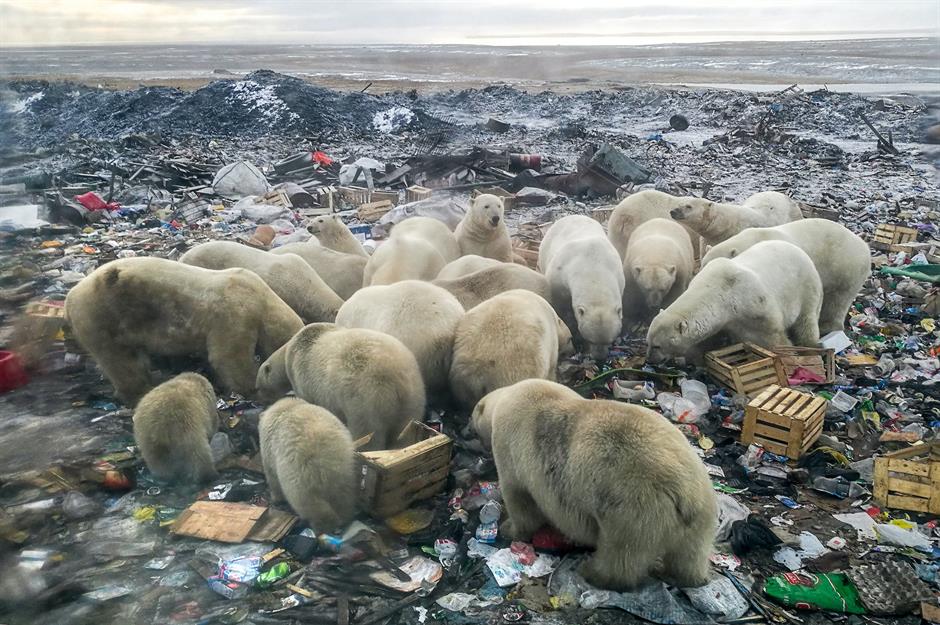
Drought and warming temperatures: Joshua Tree National Park, California, USA
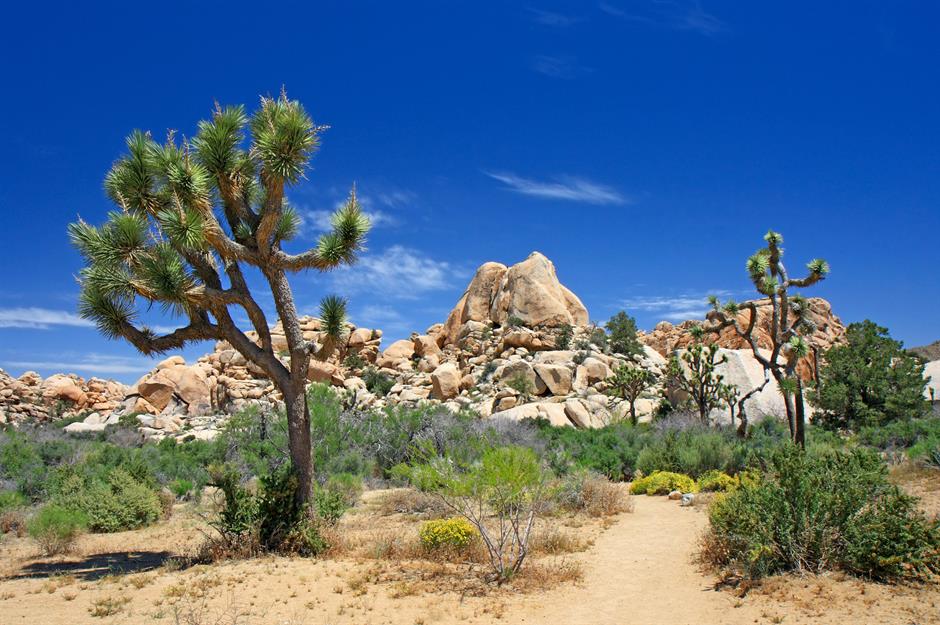
Native to the Mojave Desert region of California, the iconic Joshua trees thrive in inhospitable conditions. As a species they've survived for over 2.5 million years with individual trees normally living to 200 years of age. However, the distinctive-looking vegetation may face imminent extinction due to climate change, which would also have major ramifications on the desert's wider eco-system.
Drought and warming temperatures: Joshua Tree National Park, California, USA
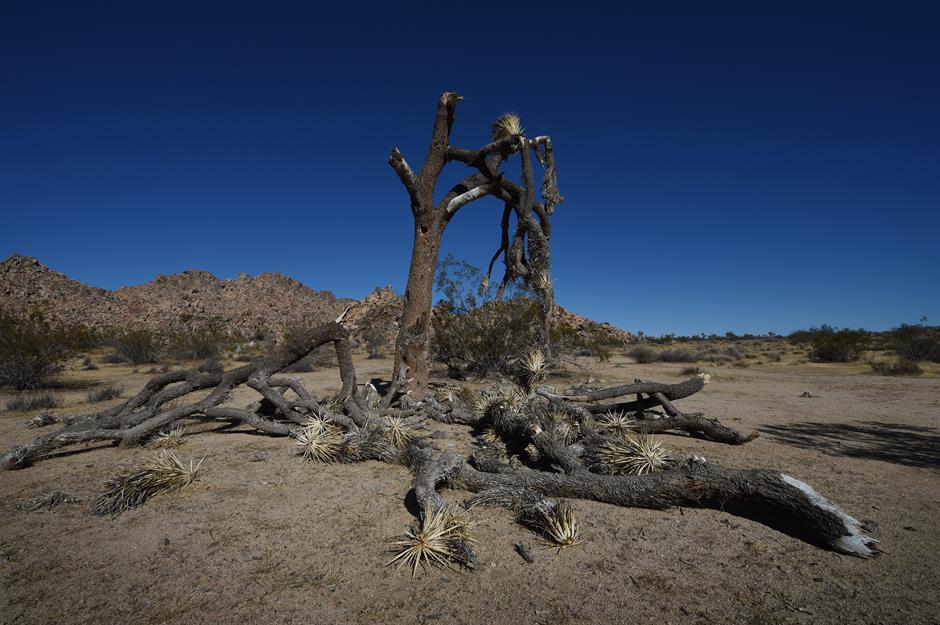
An intense period of drought in California from December 2011 to March 2019 had a devastating effect on the spiny-armed trees. They survive by holding on to large amounts of water and young trees and seedlings have shriveled up and died before putting down the deep roots they need to thrive in the desert. With predictions – based on data from the UN’s Intergovernmental Panel on Climate Change – that summers here will be on average 37.4°F (3°C) hotter in the future, some studies suggest the trees won't survive much beyond the end of this century.
Receding lake: Lake Chilwa, Malawi
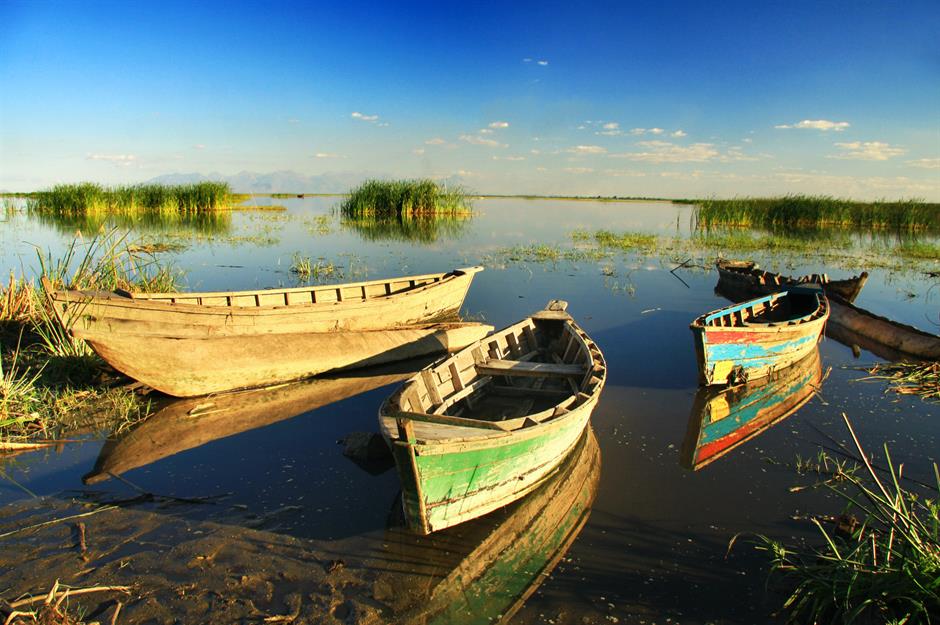
Receding lake: Lake Chilwa, Malawi
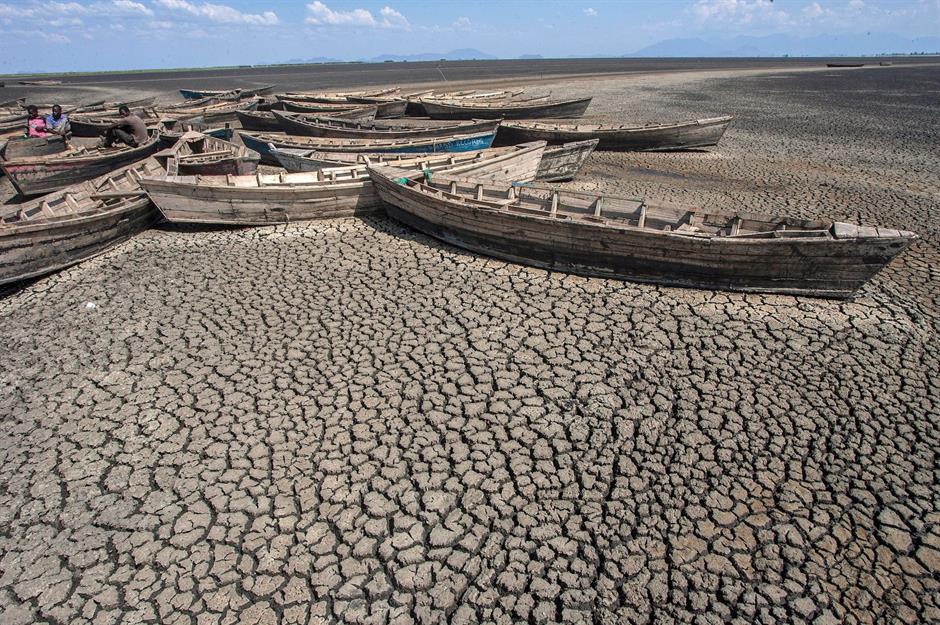
In 2018 the lake, which is in the south of Malawi near its eastern border with Mozambique, completely dried up leaving hundreds of fishing boats marooned on its cracked dry mud and communities that depend on the lake and its fishing industry in peril. The receding water has been linked to persistent drought in southern Africa, deforestation, intensive farming and diversion of the lake's inlets for irrigation. Welcome heavy downpours in early 2019 refilled the lake but the threat of recurrent and longer dry spells looms large.
Retreating ice cap: Greenland
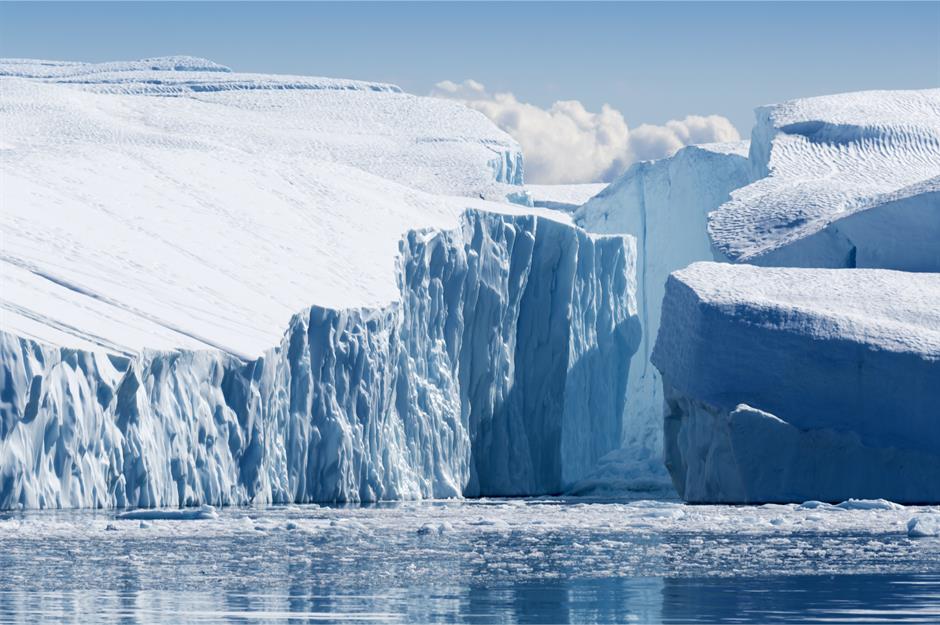
Retreating ice cap: Greenland
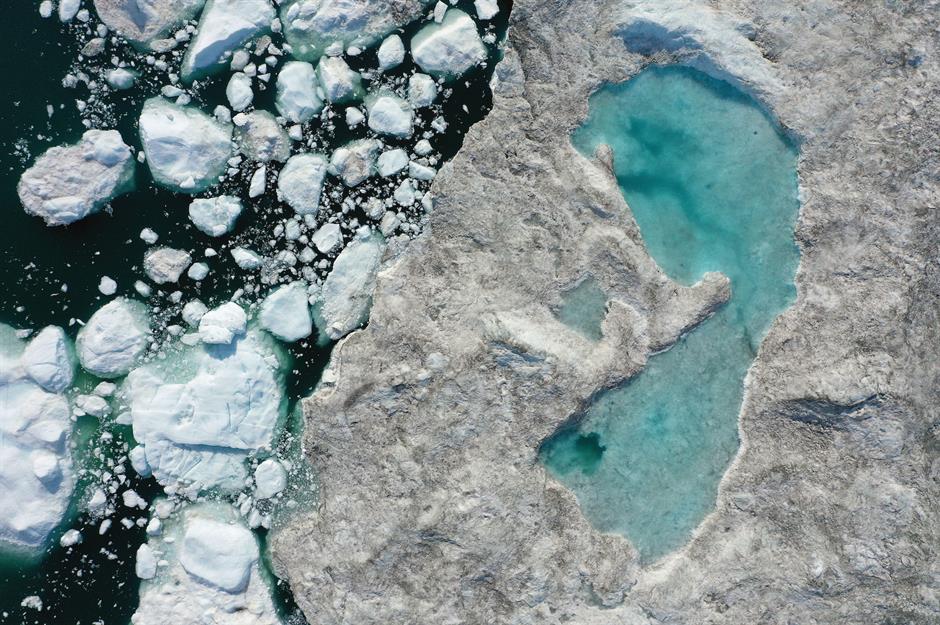
The rate at which Greenland’s glaciers and ice cap are retreating has accelerated alarmingly. Greenland has lost 3.8 trillion tons of ice since 1992, and the rate of ice loss has risen from 33 billion tons a year in the 1990s to 254 billion tons a year in the past decade. The scale and speed of ice loss will have a profound effect not just on the country but on the world, causing sea levels to rise and leading to a higher likelihood of storm surges and coastal flooding.
Rising sea levels: Tuvalu
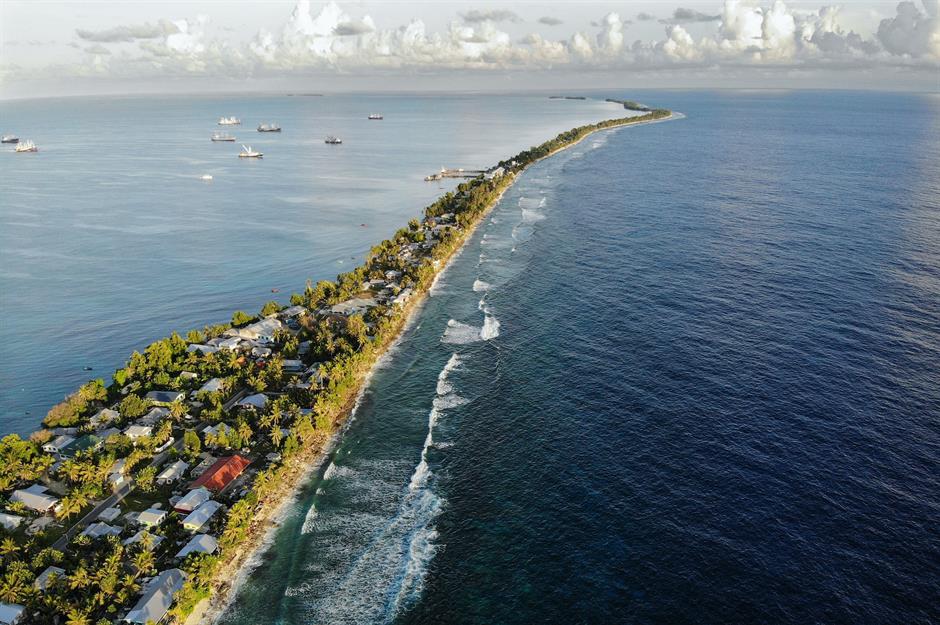
One of the least-visited countries in the world, the tiny Pacific nation of Tuvalu is on the front line of climate change as rising seas and deadly storms have had a devastating impact on the archipelago that lies midway between Australia and Hawaii. The low-lying islands sit at just 10 feet (3m) above sea level, with the main island of Fongafale just 66 feet (20m) across at its narrowest point.
Rising sea levels: Tuvalu
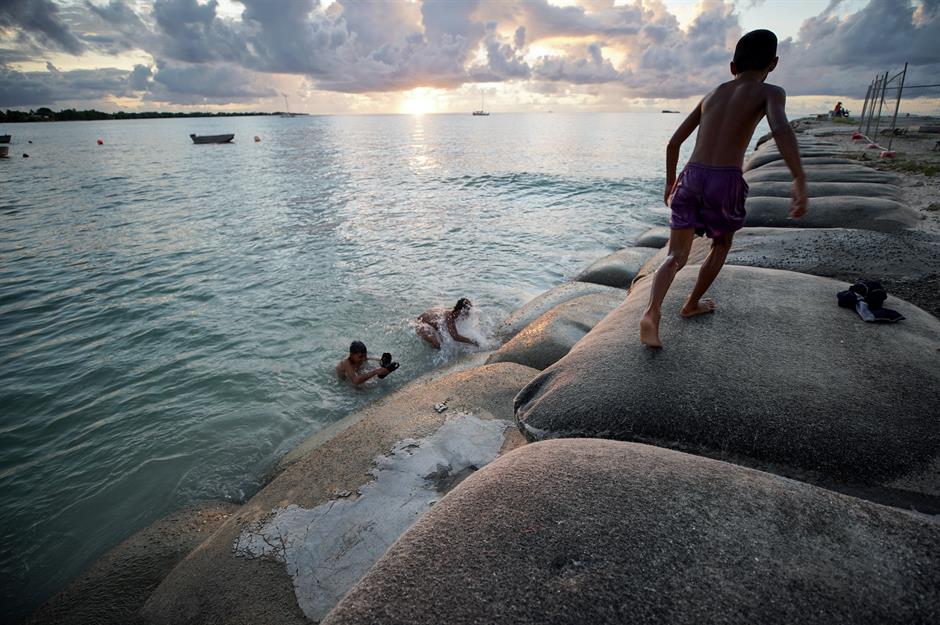
With the severity of cyclones and droughts in the Pacific forecast to increase due to global warming, some scientists believe the islands will become uninhabitable in 50 to 100 years, or less, if the sea level rise continues. But the threat of the encroaching sea has had a huge impact on life here already. The rising ocean has contaminated groundwater supplies meaning Tuvalu is now totally reliant on rainwater. Yet, decreasing rains means droughts are now a common occurrence, which in turn causes shortages of drinking water.
Dying trees: Lebanon
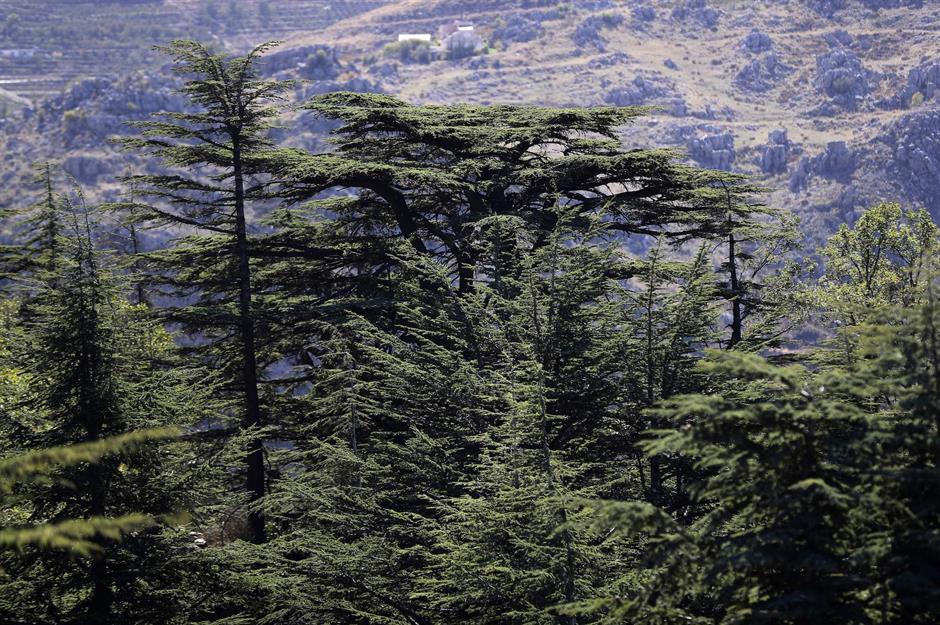
Dying trees: Lebanon
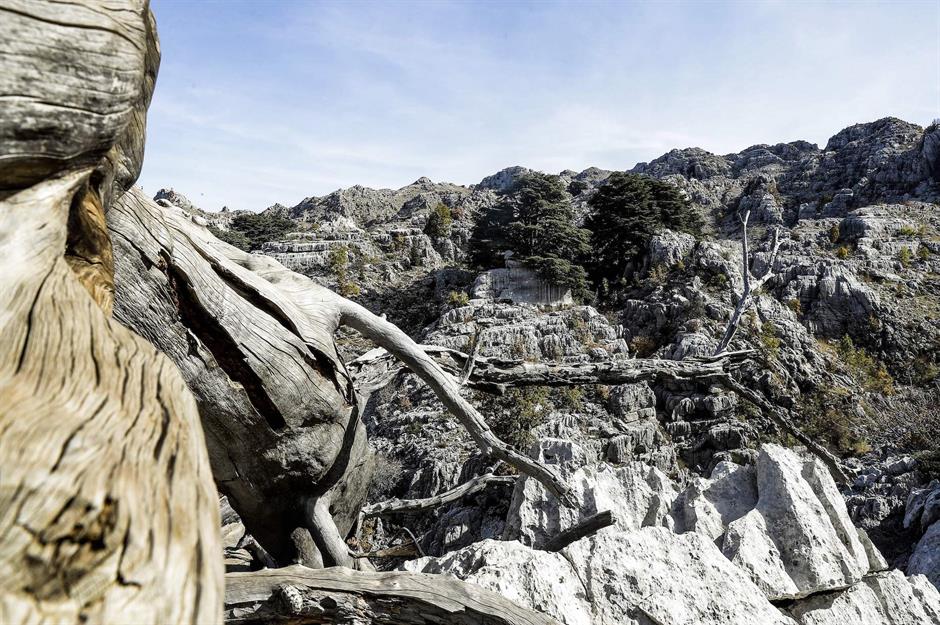
Shrinking mountain: Kebnekaise, Sweden
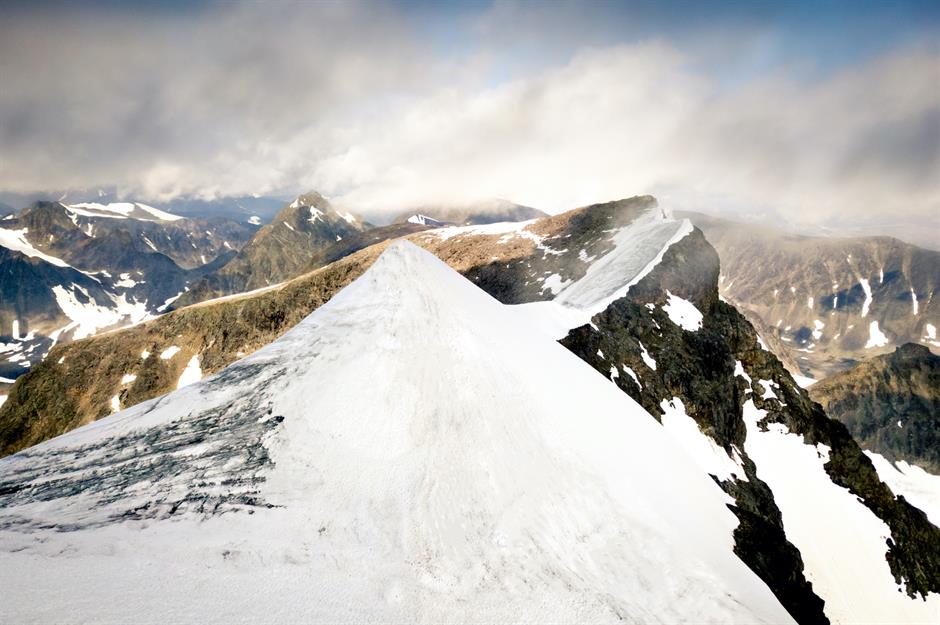
Shrinking mountain: Kebnekaise, Sweden
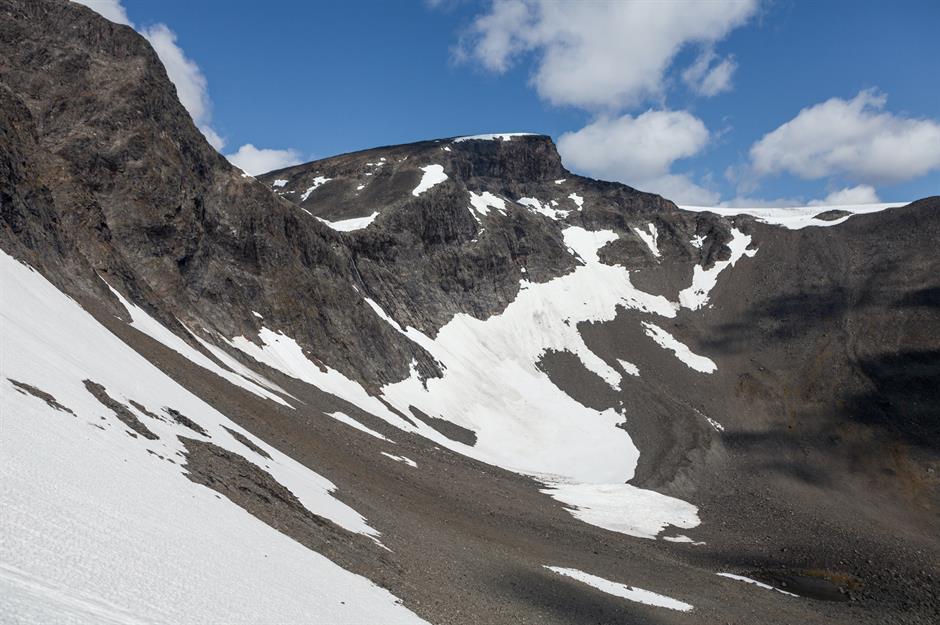
Due to record hot Arctic temperatures in recent years the glacier on the southern peak has begun to shrink dramatically meaning it is officially no longer the nation’s tallest point. According to an article in the Guardian at the end of the summer melt of 2019, the northern peak was four feet (1.2m) higher than the southern peak at 6,880 feet (2,097m). The scientist who carried out the research said the glacier has lost an average of three feet (1m) a year in the past 20 years. Find out about other landmarks around the world under threat from climate change.
Air pollution: Skopje, Macedonia
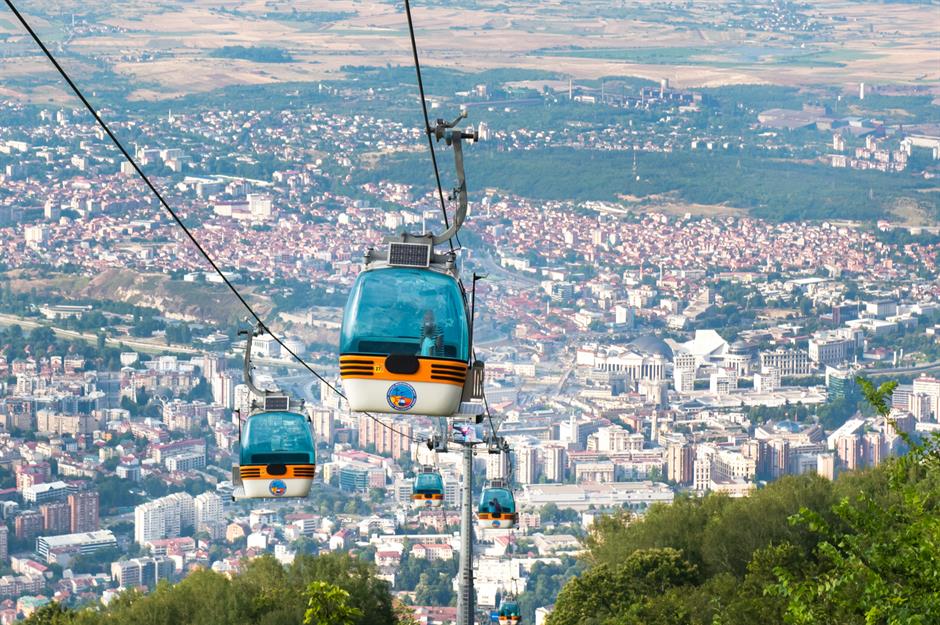
Air pollution: Skopje, Macedonia
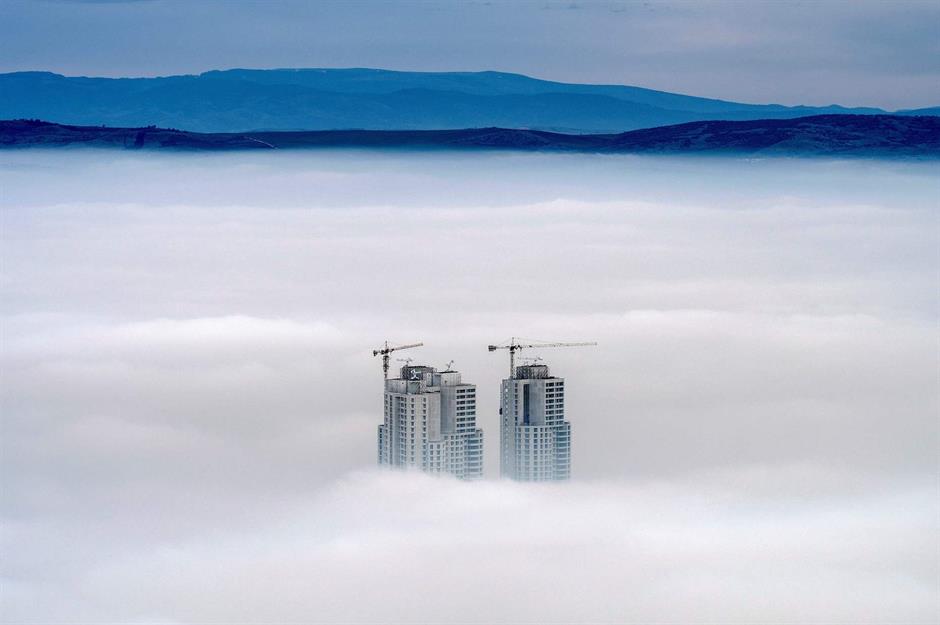
Shrinking glacier: Pasterze, Austria
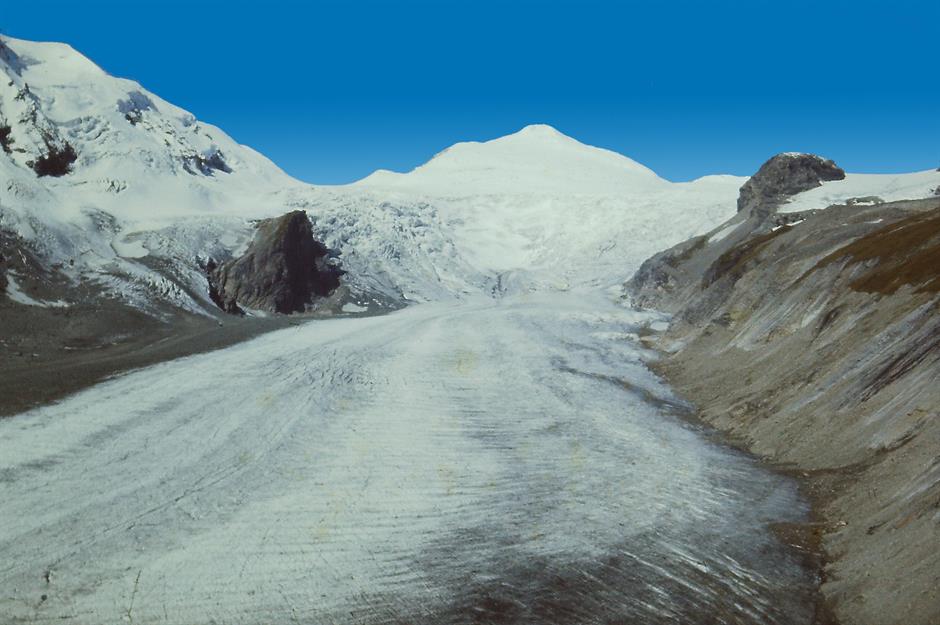
Shrinking glacier: Pasterze, Austria
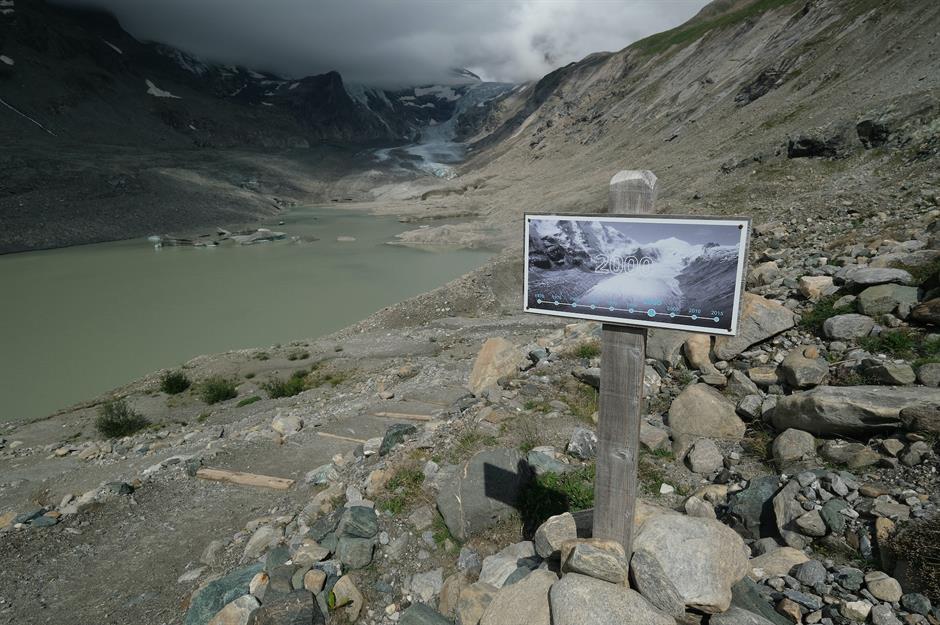
The Pasterze Glacier is losing around 16 feet (5m) of ice thickness a year. This image, taken in 2019, shows a sign where the Pasterze Glacier reached in 2000. The temperature increases that are causing Austria's largest glacier to melt are thought to be largely down to global warming. The temperature of the Alps has reportedly risen by just under 35°F (2°C) over the past 120 years and it is predicted that it could go up by a further 35°F (2°C) over the next few decades. Many other glaciers in the region have already shrunk dramatically and by the end of the century could disappear altogether.
Loss of sea ice: Kivalina, Alaska, USA
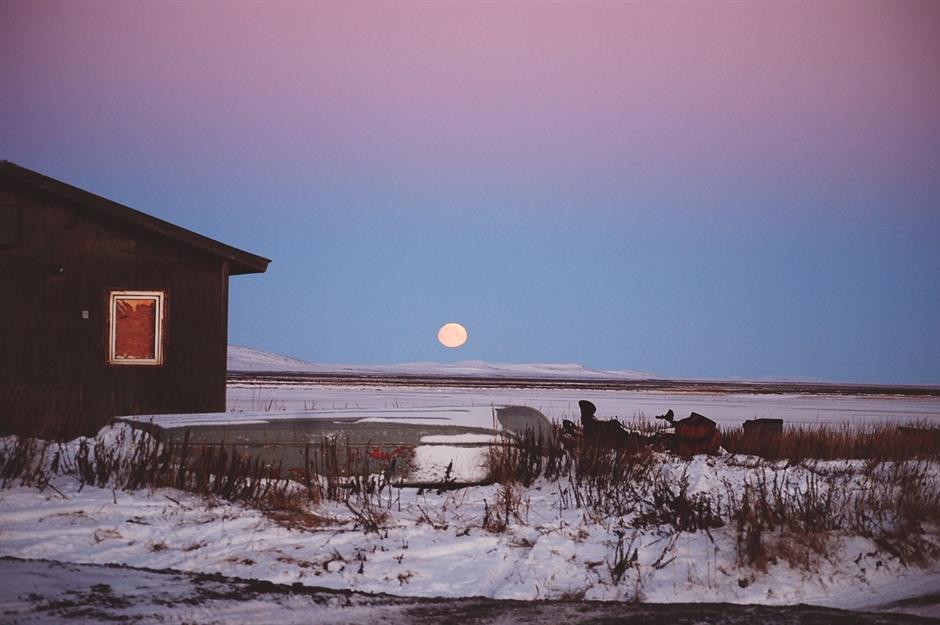
Loss of sea ice: Kivalina, Alaska, USA
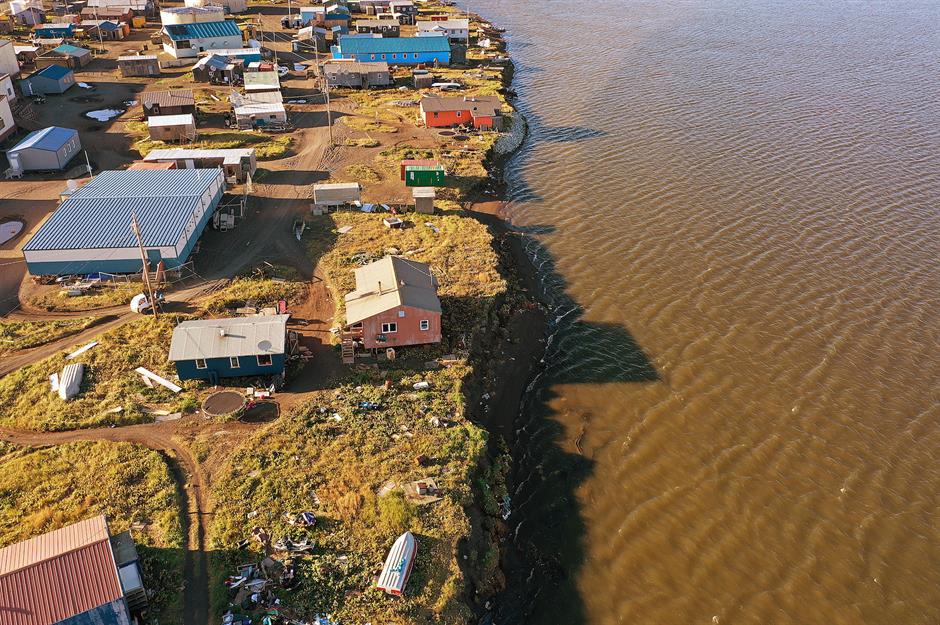
The ancestral lands of the Iñupiat are at risk because of the loss of the sea ice that protects the island’s shorelines from storm surges and coastal erosion. Now homes teeter perilously close to the water’s edge on the narrow spit of land with nothing to shield them from the rising tide. The sea ice is melting earlier in the season, which is also making it unsafe for villagers to traverse to hunt and fish, a way of living integral to their culture and survival. These are the incredible places that will be underwater by 2050.
Loss of sea ice: Kivalina, Alaska, USA
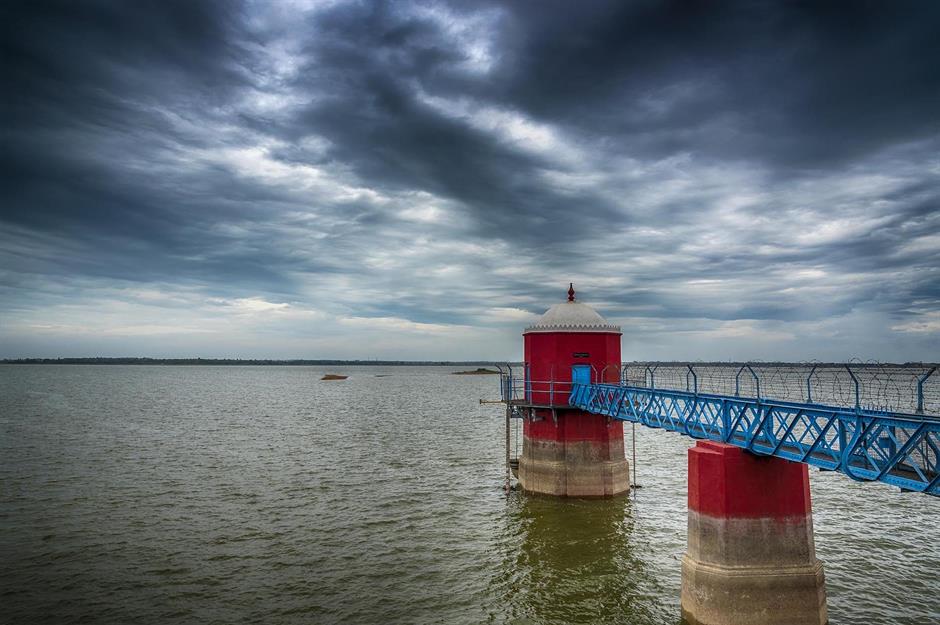
Extremely low rainfall in 2018 caused a devastating and historic drought in Chennai which saw many of the reservoirs in India’s sixth-largest city completely run dry. Lake Puzhal, pictured here in 2016, was one of the city’s main water stores but dried up along with three of the city’s other reserves. The 2018 monsoon season was one of the driest ever recorded in Chennai and now the city’s population of 10 million are suffering the consequences of the worst drought for 70 years.
Loss of sea ice: Kivalina, Alaska, USA
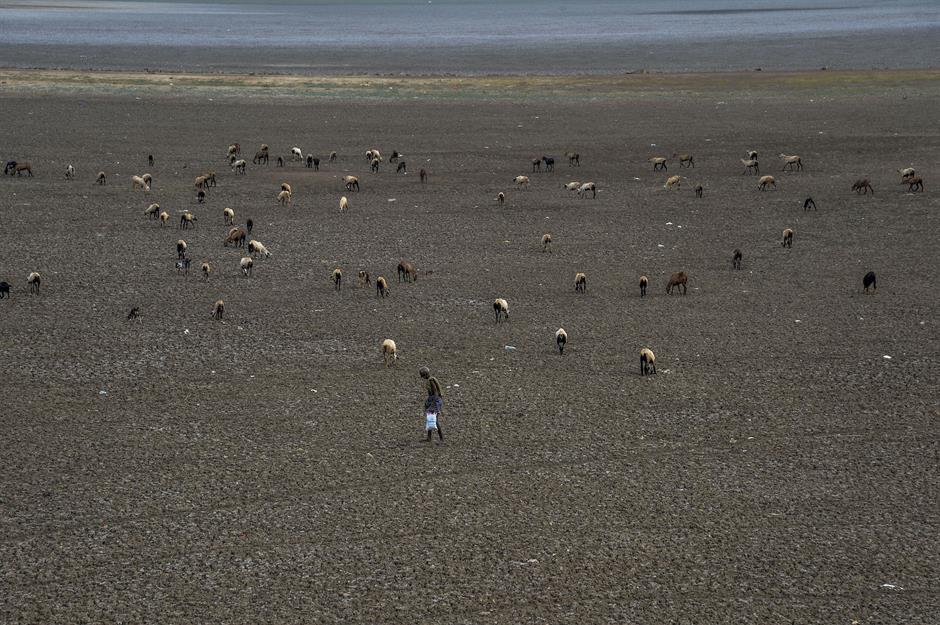
Dying trees: Montana, USA
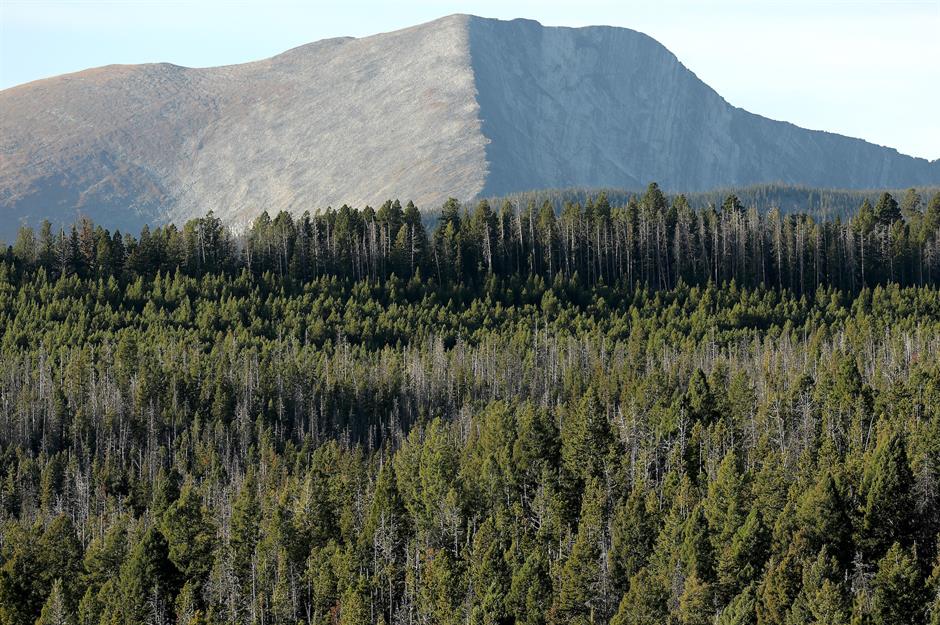
Dying trees: Montana, USA
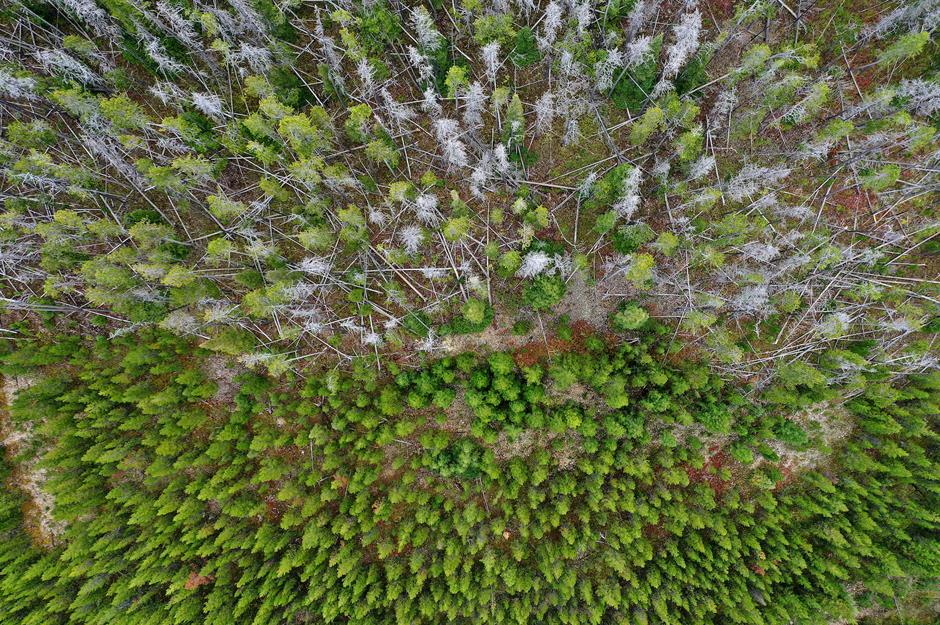
With climate change making summers hotter and drier in the Northern Rockies, forests such as the Beaverhead-Deerlodge National Forest in Montana (pictured) are threatened with increasing wildfire activity, deadly pathogens and insect infestations, including the mountain pine beetle outbreak. This image, taken in 2019, shows dead lodgepole pines that have been killed by the mountain pine beetle. The tiny but deadly insect has flourished due to warmer temperatures while the drought has left trees weak and unable to fight an invasion. A deadly combination that has seen the beetle ravage many western US forests.
Bushfires: Australia
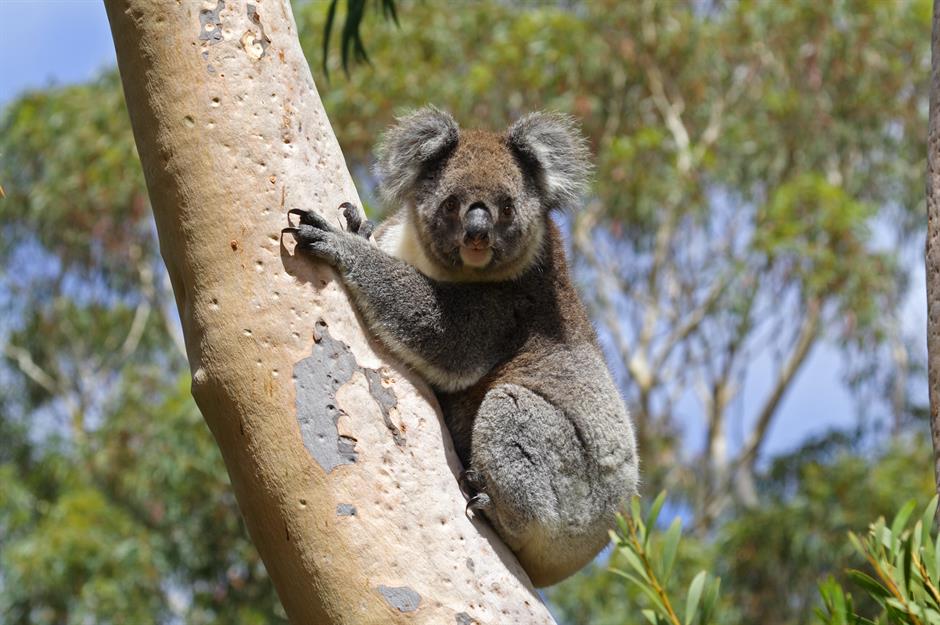
Bushfires are a part of life in Australia, very often caused by lightning strikes and not by climate change alone. But they are becoming more frequent and ferocious as global warming continues to impact. In 2019 Australia experienced its driest spring since records began and then sweltered in record-breaking temperatures in December. A combination of extreme heat, prolonged drought and strong winds caused more than 11 million hectares (27.2 million acres or 110,000sq km) of bush, forest and parks across Australia to burn from September 2019 until February 2020, when torrential rain extinguished some of the most persistent fires.
Bushfires: Australia
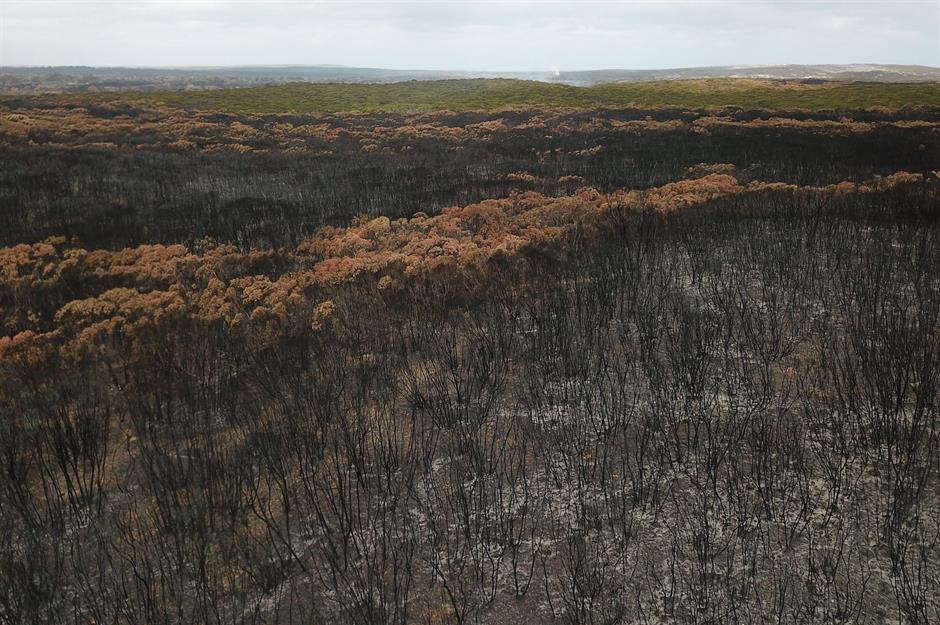
The scale and intensity of the most recent infernos that swept down the country’s east coast have been unequivocally linked to human-induced climate change by experts. An open letter written by 446 scientists, highlighted the trend towards more frequent and extreme fire-weather conditions during summer, and an earlier start to the fire season, particularly in southern and eastern Australia. Pictured here is Kangaroo Island after fires ravaged parts of the island and killed thousands of koalas among other native animals. Find out more about Australia's bushfires here.
Coastal erosion: Norfolk, UK
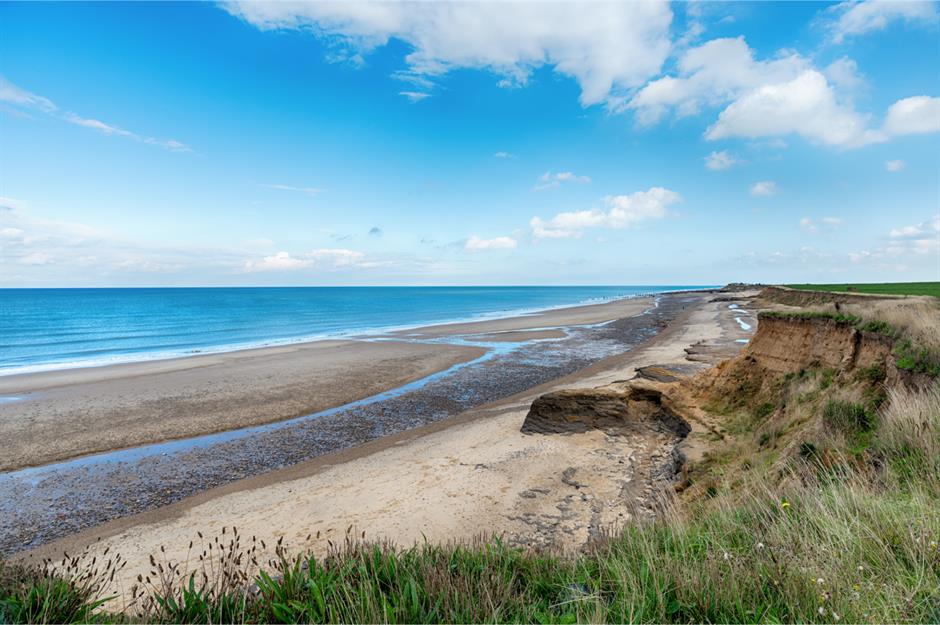
Low-lying East Anglia is just one part of the British coastline that is facing major changes as sea levels rise and more extreme weather batters coastal regions. More land will be lost to the sea as climate change increases the frequency and intensity of storms. According to the Committee on Climate Change, sea levels around Britain could rise by at least three feet (1m) within the lifetime of today's children.
Coastal erosion: Norfolk, UK
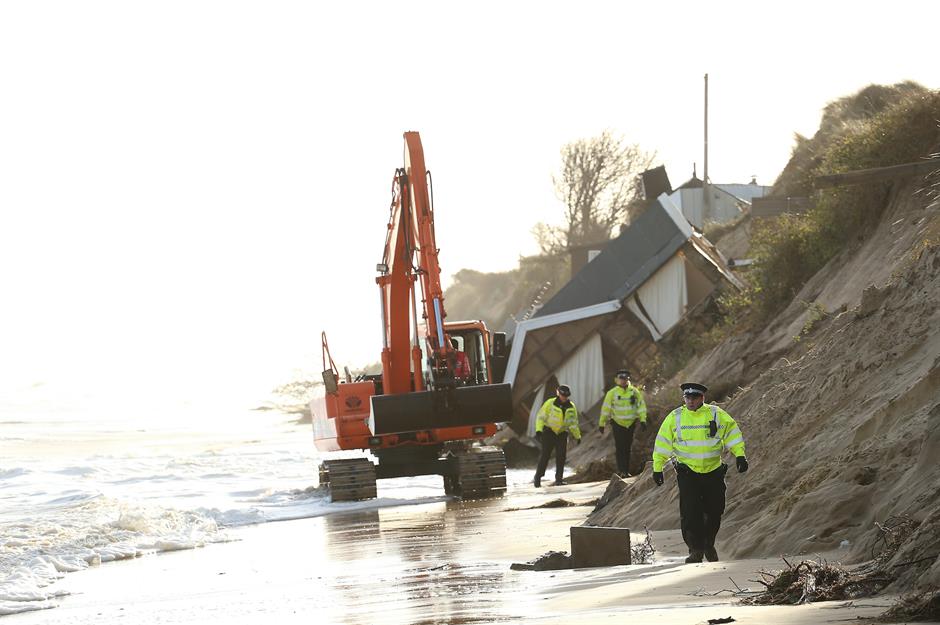
The residents of 20 seaside chalets in Hemsby Beach in Norfolk had to be evacuated in March 2018 when high winds and waves threatened their cliff-edge homes as great sections of the sand dunes were washed away. The highest tidal surge in 60 years hit east coast towns overnight, causing flooding and damage in many areas. Many other coastal communities in Britain are facing the real impact of climate change as huge chunks of cliffs and beaches are swept away in storms each winter. Discover more incredible places that have been destroyed by weather.
Hurricane Dorian: Bahamas
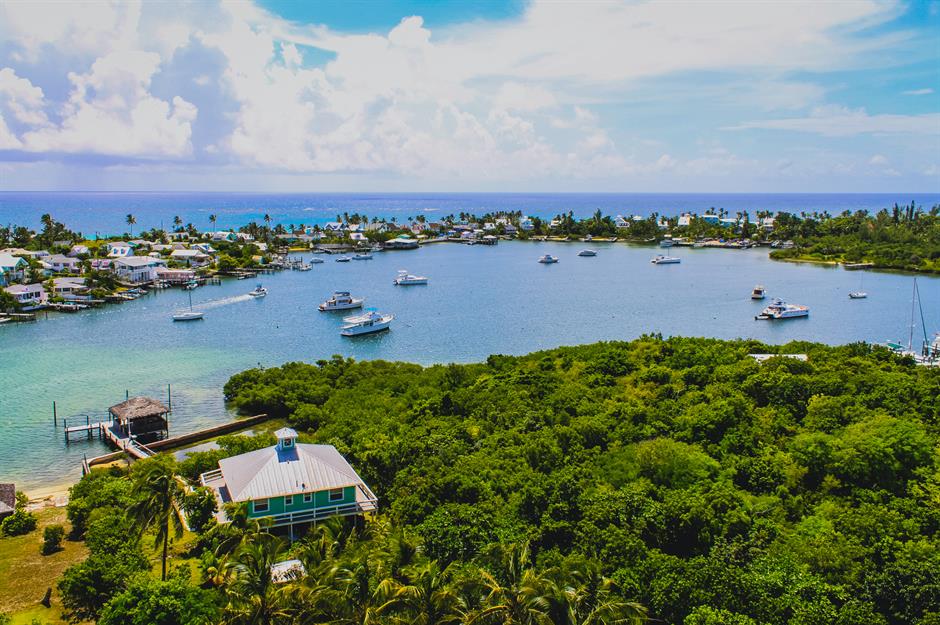
Hurricane Dorian: Bahamas
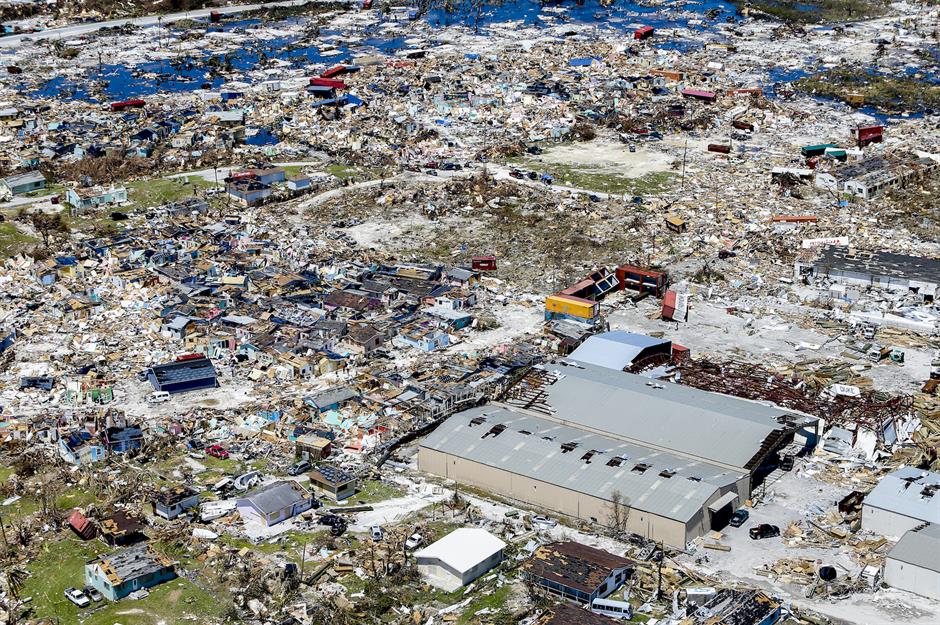
This aerial view of Marsh Harbour in the in Great Abaco Island shows some of the devastation caused when the Category 5 storm swept into the island and battered it with 220mph (354kmh) gusts of wind for two days. However, it was the 20-plus feet (6m) of storm surge and torrential rains that were the most destructive elements of the weather. Rising sea levels have made storm surges more powerful and deadly and, according to a New York Times article, research suggests that climate change has also made 'stalled' Atlantic storms more common. They are more dangerous as they stay in one place for longer.
Arctic ice melting: Russia
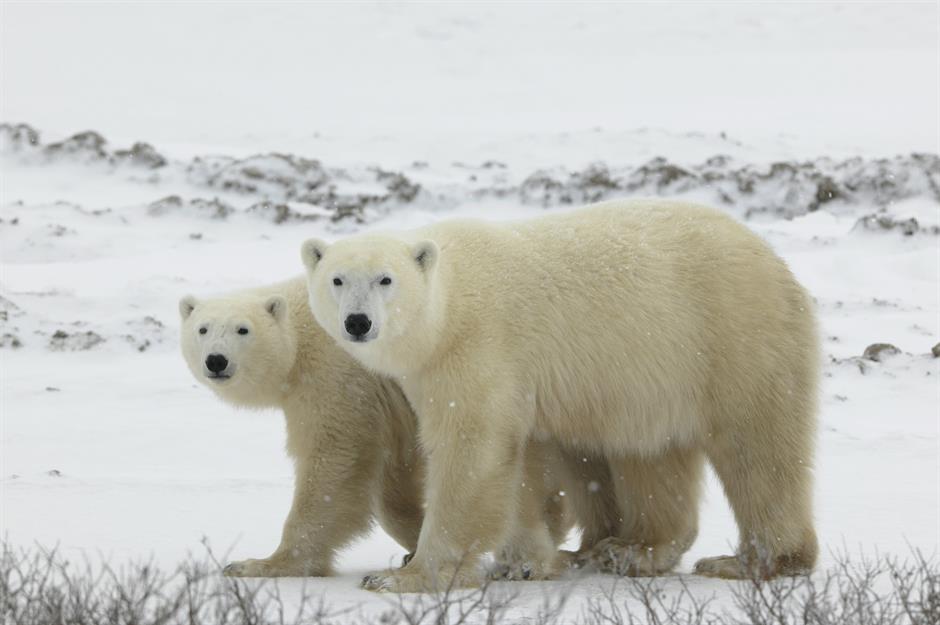
Polar bears are one of the animals most recognizably affected by global warming as melting Arctic sea ice forces them to spend more time on land where they compete for food. The bears are dependent on the ice to hunt for seals, but according to the National Snow and Ice Data Center, 2019 saw the seventh-lowest sea ice cover in the Arctic since they began collecting satellite data 40 years ago. As sea ice retreats further and faster, they are increasingly stranded on land and conflicts with humans become more common.
Arctic ice melting: Russia
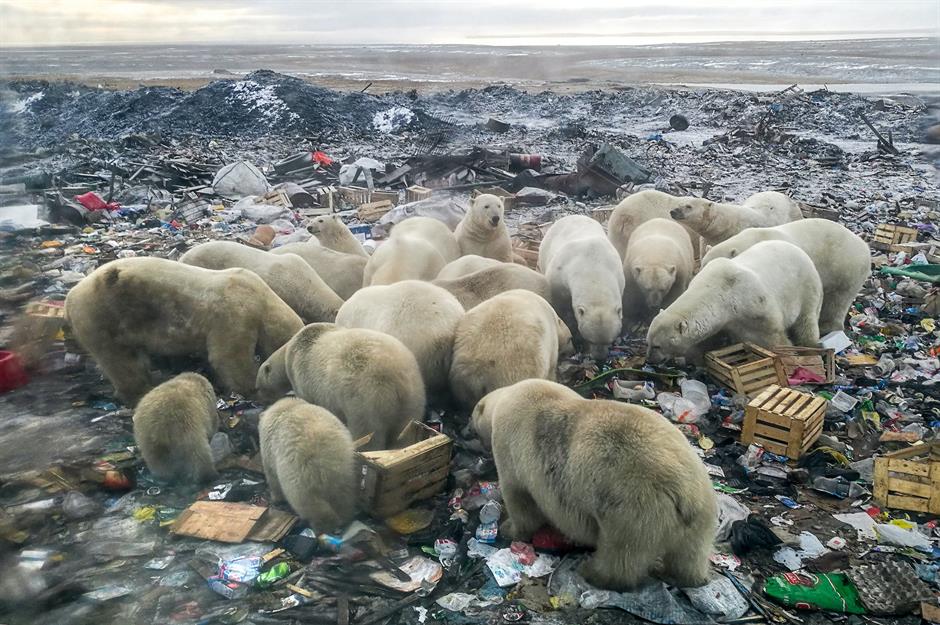
The melting of the sea ice in Arctic Russia has seen hungry and aggressive polar bears enter inhabited parts of the area on the prowl for sustenance. In February 2019, the military town of Belushya Guba was “invaded” by polar bears as they prowled streets and ransacked the landfill site for food. According to reports, at least 52 bears were spotted on the streets from December 2018 until February 2019 when an emergency was declared in the town.
Comments
Be the first to comment
Do you want to comment on this article? You need to be signed in for this feature